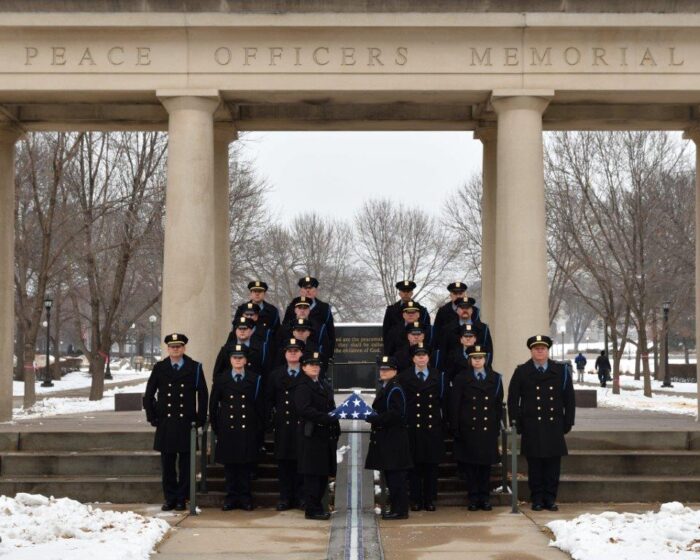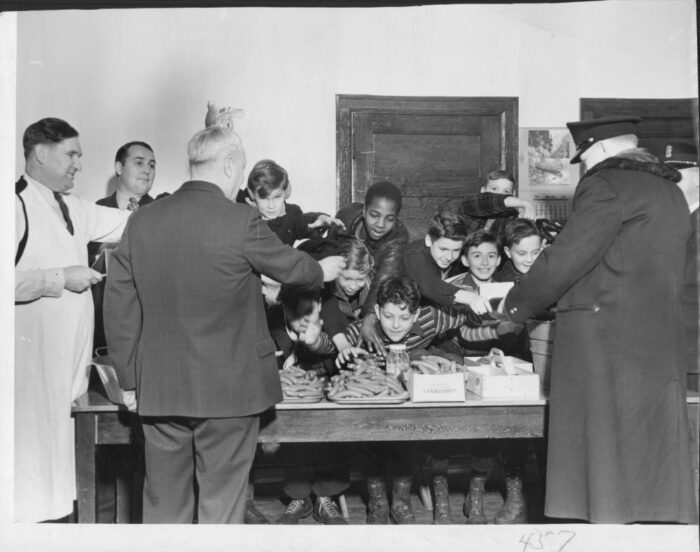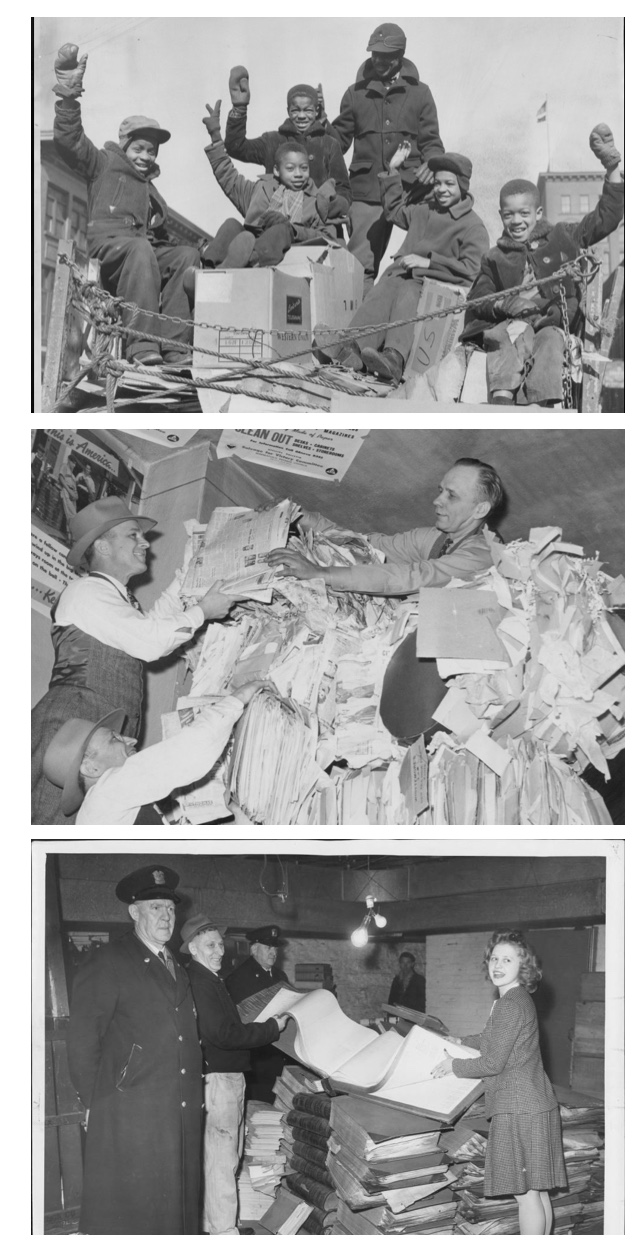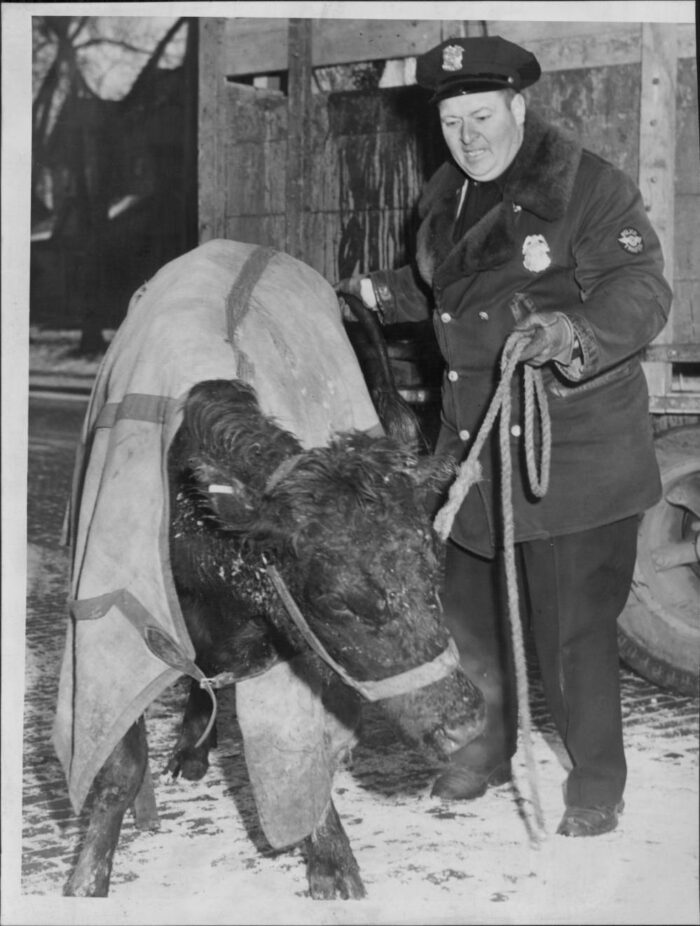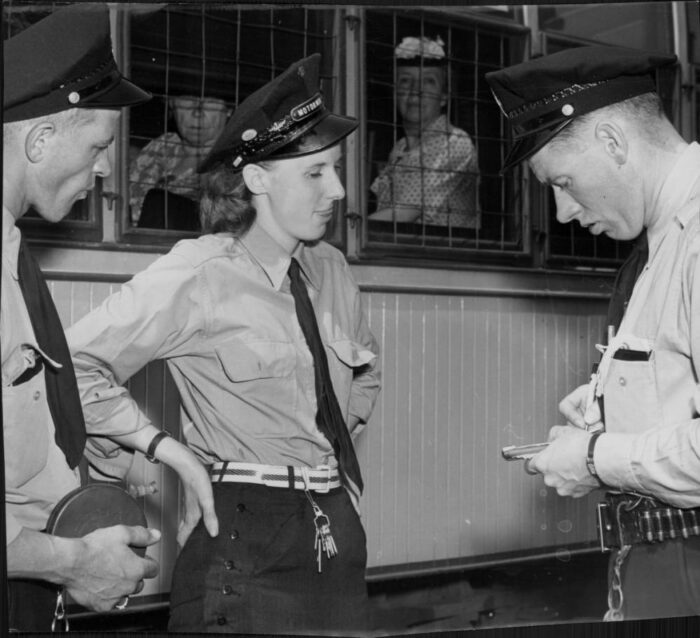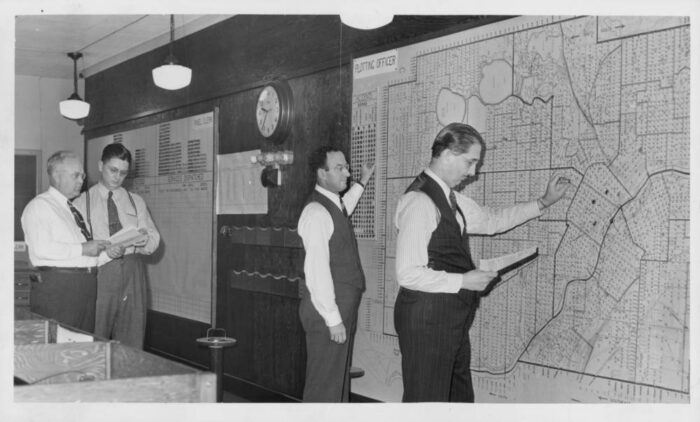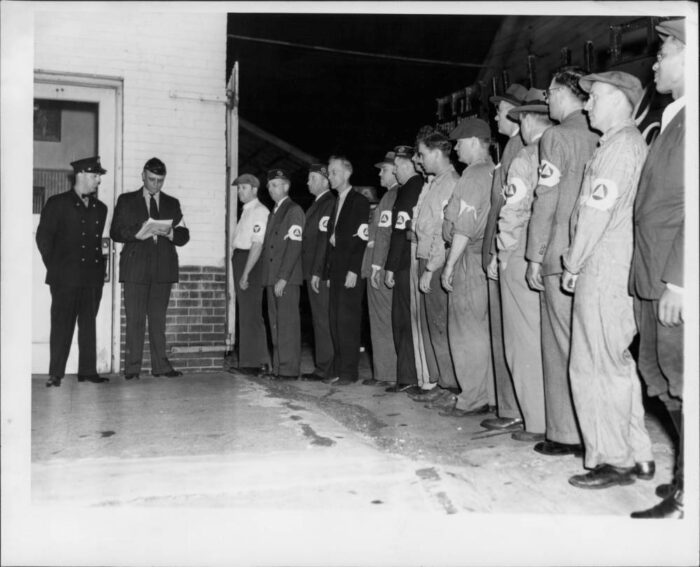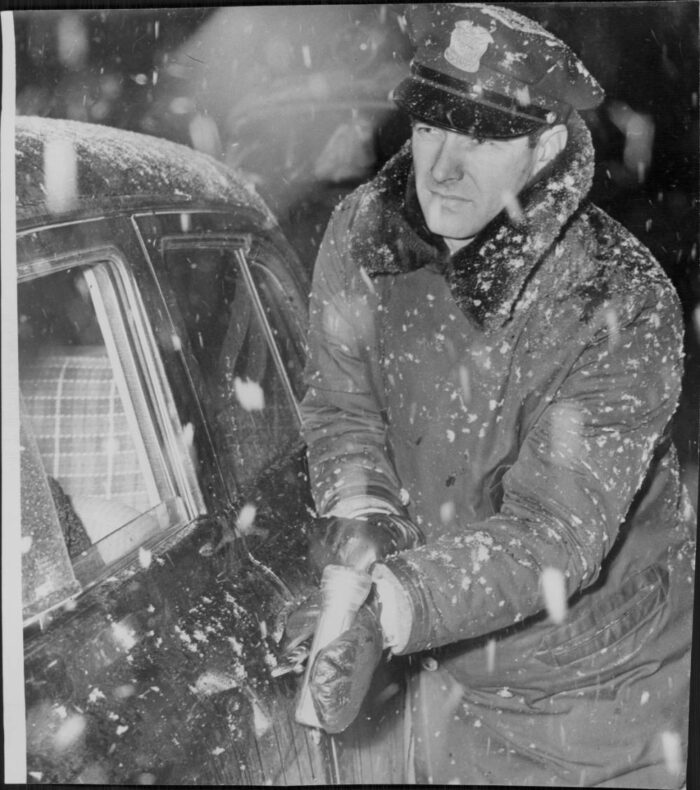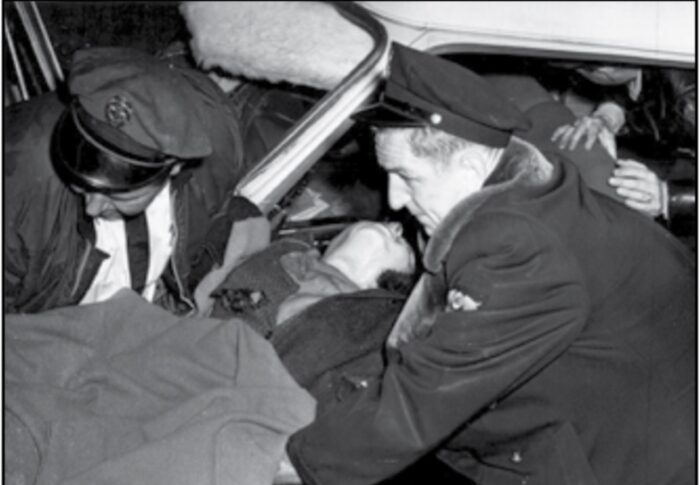During the Second World War, most U.S. factories shifted their production lines from manufacturing household goods to producing munitions and military goods.
Formerly common materials such as metal, rubber, and paper became scarce and salvage drives became popular crowd-sourcing events to help address the shortages.
In addition to shoring up supplies of needed materials, salvage drives gave citizens a sense of pride because they were contributing to the war effort.
On April 26, 1944, Minneapolis held the “W-Day Salvage Drive” and asked the community to contribute their waste paper with the goal of collecting 1,000,000 pounds.
The waste paper collected would go on to be used for shell casings, bomb bands, plasma cartons, K-ration boxes, and packing material.
On April 26, 1944, people all across Minneapolis pitched in to make a difference.
In the top photograph, the Boy Scouts of Troop 152, Zion Baptist Church, are shown delivering 700 pounds of waste paper they have personally collected.
In the middle photograph, members of the Chicago-Lake Businessmen’s Association are pictured doing their part.
In the bottom photograph, three tons of ledgers, journals, and confidential files from Northwestern National Bank dating back to 1884 are taken under guard for shredding. Shown L to R are: Minneapolis Police Officer Charles Keehn, Bank Caretaker Karl Karzeniowski, Minneapolis Police Officer Chris Peterson, and Bank Clerk Carole Anderson.
Photographs courtesy of Hennepin County Library
